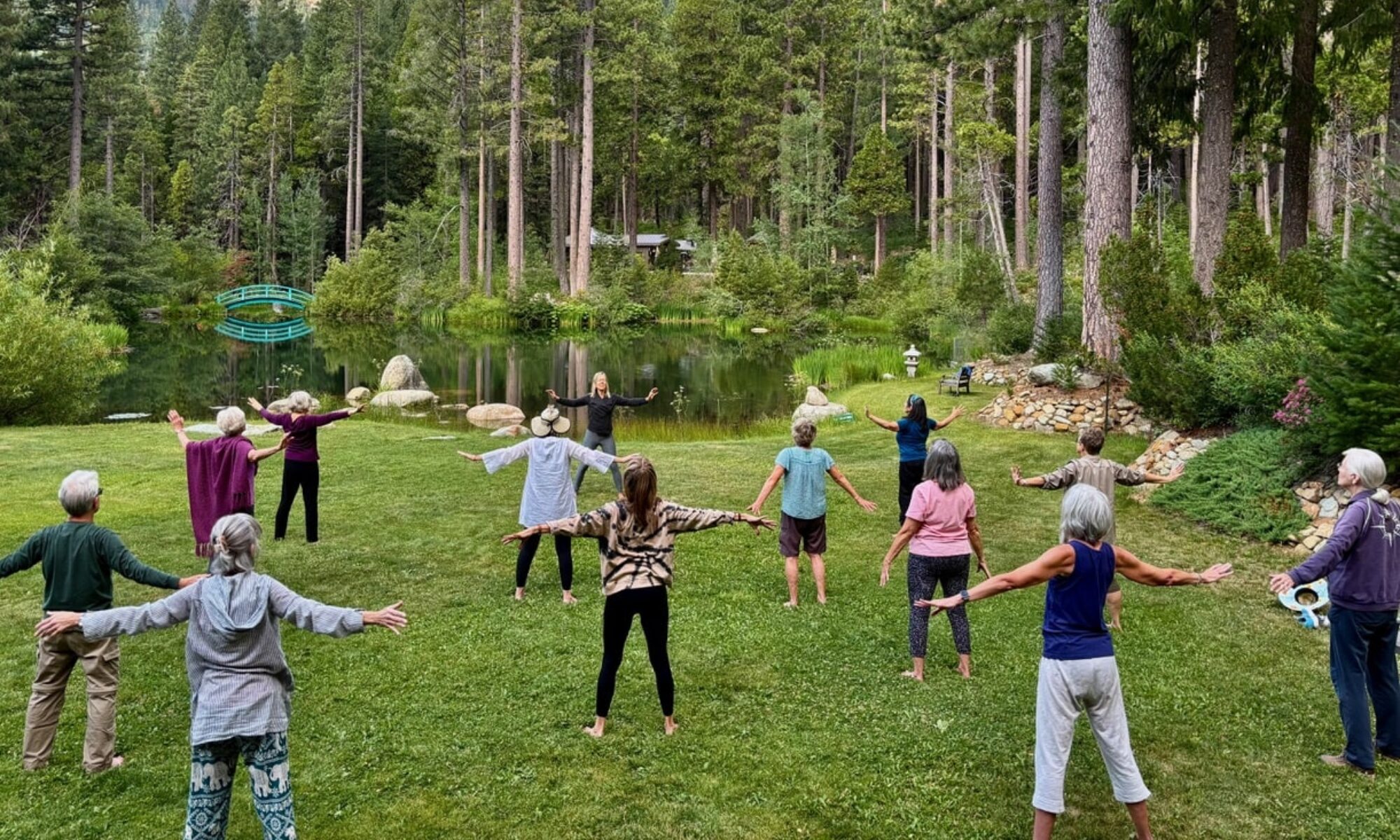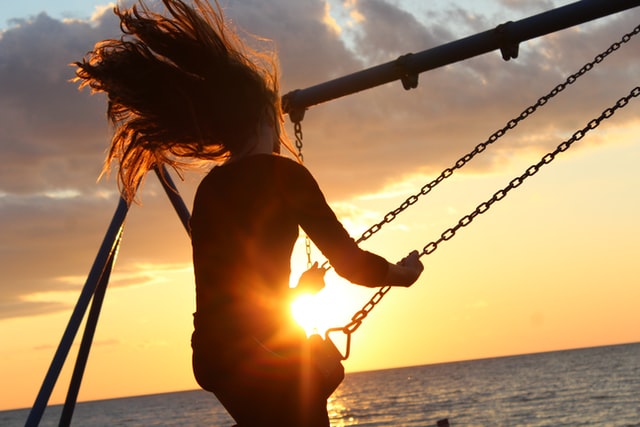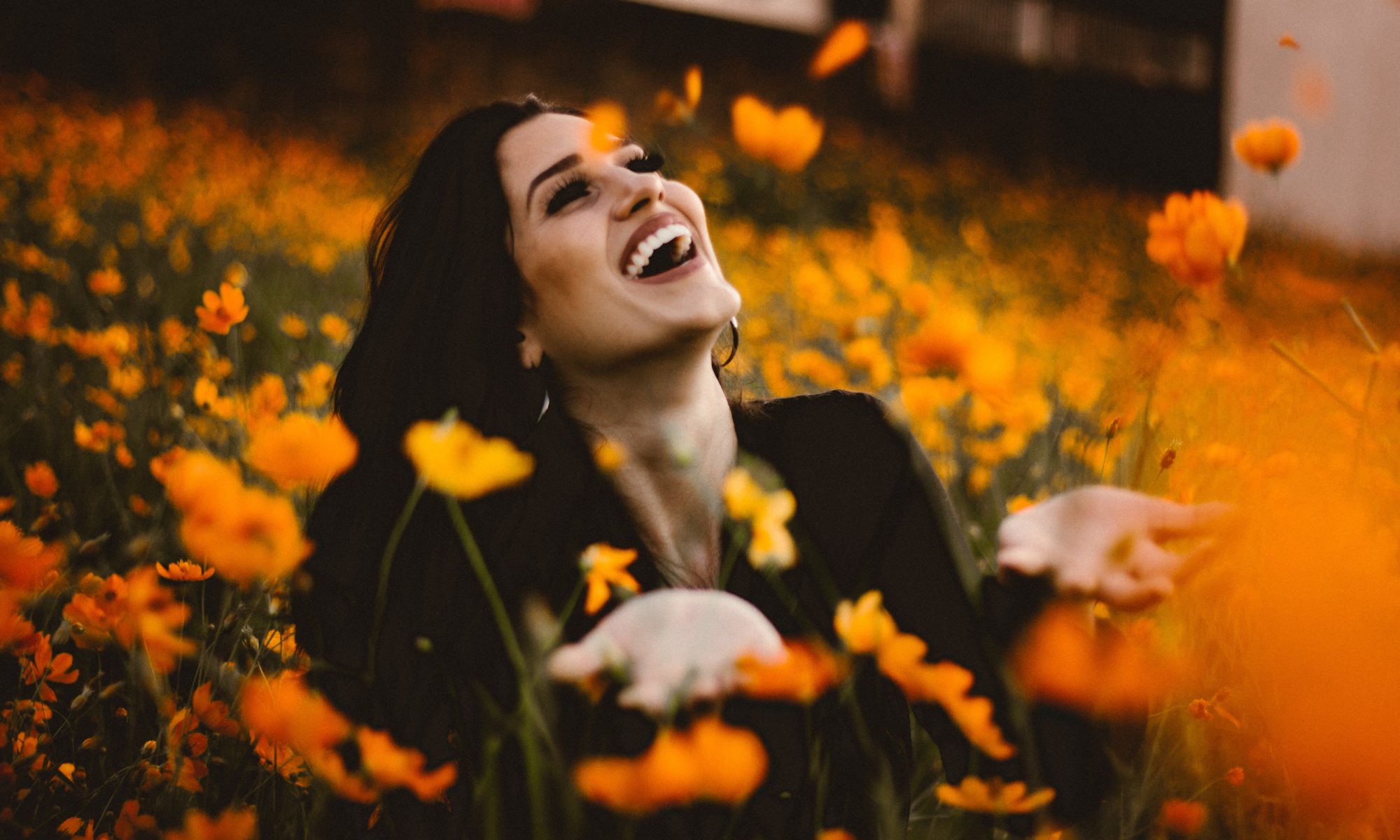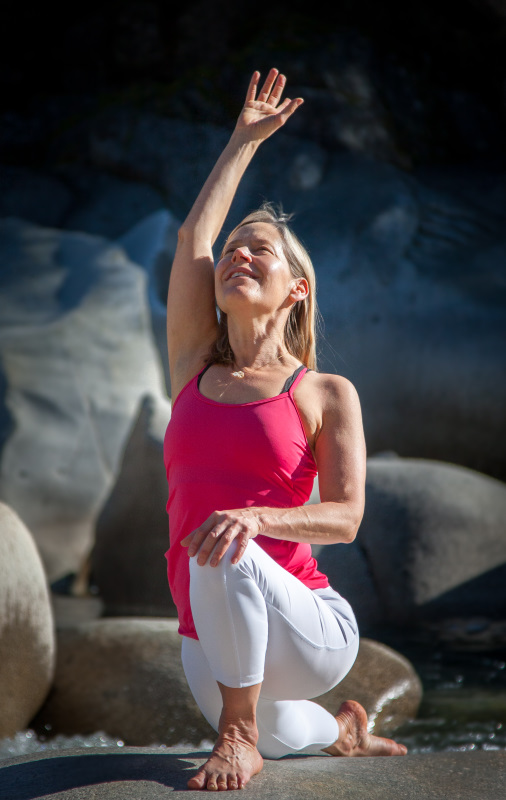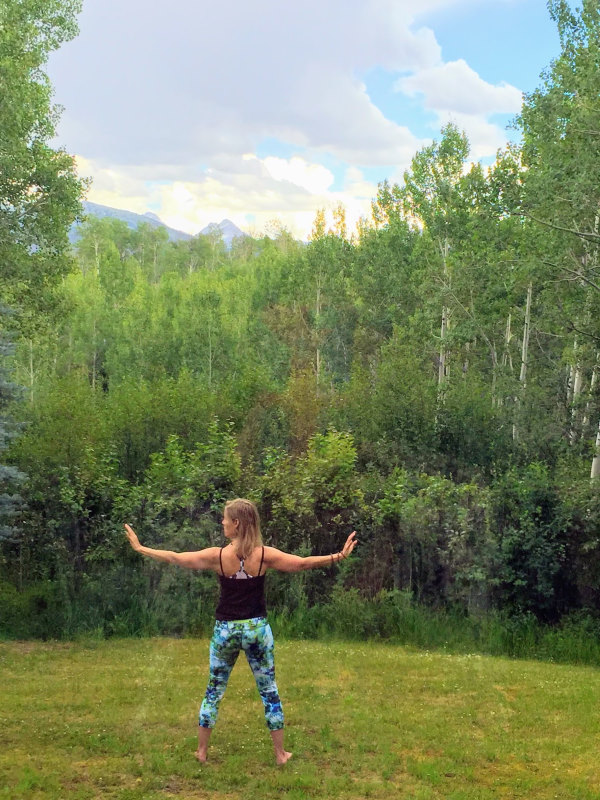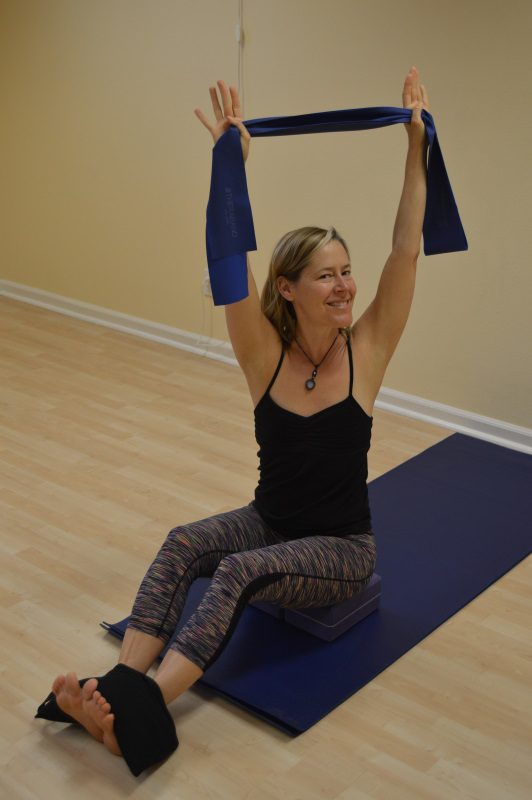Dear Full Life Friends,
Home. I love it here, especially in the spring time. The Sierra Foothills take my breath away. The beautiful dogwoods, like young women, standing quietly in spring kimonos, blooming pink and white in the forest.
The humming bird visiting the wisteria and then coming eye-to-eye with me, “Isn’t this day sweet and beautiful?!” The turtle crawling out of the pond onto a warm pile of ponderosa pine needles– “ahhh, the sun, the sun!”
And then another cold day of rain and I am again sitting by a wood fire, writing.
I still carry Japan with me in my heart. The reverence, the quiet, clean space, the generosity of kind people, the new tastes, beautiful gardens and cherry trees. And I am enjoying home– sleeping cuddled up next to Izzy, the beautiful new green of the oaks, the cozy familiarity. I enjoy my routine of teaching, planning, emailing retreat participants and students, inventing, dreaming, practicing, working in my yard, planning the next workshop.
And after time in community, I had a week to feel into the quiet when alone. The deep quiet of the woods at night. The stillness of early morning.
Sometimes I fill the quiet– with music, phone calls, busy thoughts, a full schedule. And this week I found Thich Nhat Hanh’s book Silence by my bed and started reading.
“Mindfulness gives you the inner space and quietness that allow you to look deeply, to find out who you are and what you want to do with your life.” With Thich Nhat Hanh’s words in my mind, I made the choice not to make certain phone calls. I practiced yoga in silence. I meditated. And I felt my nervous system quiet. I walked Izzy without my phone. I took a nap with my phone far away– in the car in the garage. I invited quiet.
Thich Nhat Hanh says there is a sound to no sound– the thundering silence. He says when you establish this silence, “you begin to hear the deepest kind of calling from within yourself. Your heart is calling out to you. Your heart is trying to tell you something…”
I instinctively believe he is right. My mind often gets cluttered. And when arriving home from travels, that is one possibility… catching up with emails, with chores, with friends, with worries… Could I feel into the thundering silence?
And inside that silence, I feel the hum that sang inside my heart in Japan, still vibrating. And inside that hum is a moss garden with many people walking through in silence. Inside that hum stands Kannon, the Goddess of compassion. Inside that hum are moments: I feel my laughter, inside the silence, as Karen and I receive our sixth of nine courses at dinner, I see her bright eyes and smile above her beautiful Yukata gown, hear our shared laugh of joy. Inside my own thundering silence, memories and emotions flow, and they carry me back into this current moment, sitting on my yoga block meditating, staring out at the trees blowing in the storm.
All the wonders of life are already here. They’re calling to you.
As I write to you, I feel the warmth of the woodstove. I am comforted by Izzy curled in a ball beside me, the sounds of my mother getting ready for bed in another room. I think of all my friendships. I feel them inside the silence too.
I think of the upcoming Big Springs retreat and the emails I exchanged with participants the last few days. Four days of mindfulness, together, in the mountains in July. We will practice this silence– we will have time to listen like Avalokiteshvara, the Bodhisattva of Deep Listening. We can listen for the five sounds that can heal the world. There are still a few spots left if you would like to join us as we listen to these sounds:
The first is the Wonderful Sound, the sound of the wonders of life that are calling you. This is the sound of the birds, of the rain…
The second is the Sound of the One Who Observes the World. The sound of listening, of silence.
The third is the sound of om, of aum, the Brahma Sound.
The fourth is the Sound of the Rising Tide. The sounds of the Buddha’s teachings, which can help to clear away misunderstanding.
The fifth is the Sound that Transcends All Sounds of the World. The sound of impermanence.
I want to take more time during my days for silence. In the silence I know I feel my mind, body and heart settle. And in the silence I feel gratitude for Miyu, our friendship and co-creations, for the wonderful communities we are sharing. I feel grateful for Tom and Nadine lending me their truck last week, and feeding me delicious soup and sending me home with roses that smell divine. I am thankful for my friend Carol, and her book, The Worst Thing We’ve Ever Done, and her willingness to read excerpts and share the ongoing story after a potluck at my home this coming Saturday from 5 to 8 PM. You are all invited. Respond to this email, if interested.
I want to listen– to the sounds of the birds and the rain… I don’t want them to just be background noise. I want to really listen, just to them. I want to listen into my own listening. I want to listen to the lessons that come my way– through yoga, Qigong, mindfulness. I want to hear, and better understand, the sound of impermanence.
My mom and I sat on the couch today, talking and sharing. We are here, together, now. And there is someone missing. My dad isn’t here. We are both learning to live without him. This is part of impermanence. And so today, I took my mom to dance. In the past, Dad wouldn’t have wanted to go, and Mom would have stayed with him. Today she came– and she danced a little, and watched all the beautiful moving bodies, and met friends. Afterwards, smiling, she told me, “It is so nice to see where you go– you have been talking about dance for years. And now I know where you swim too. I’ll be able to picture it.” And we get to know each other better. Perhaps this is all part of the sound of impermanence– a stretching and opening movement into constant change. I feel it all a little differently when I spend some of my time in silence.
With much love,
Tracy
